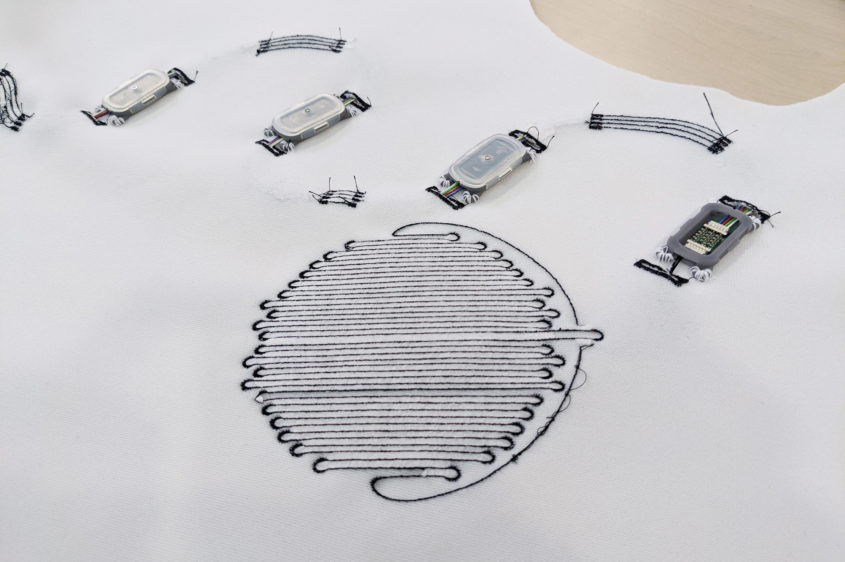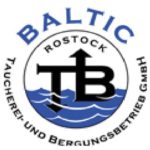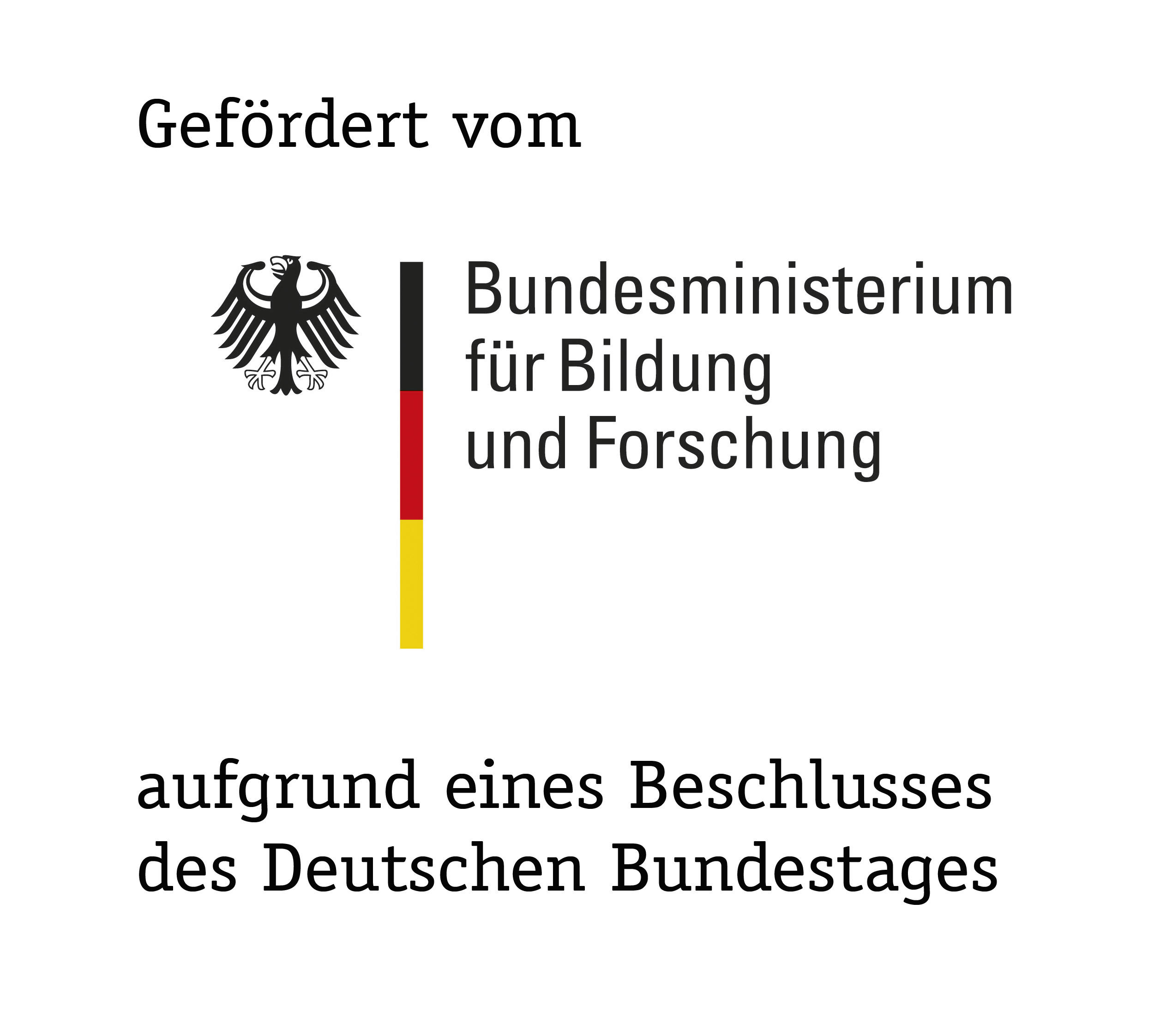Semi-autonomous robotic systems can provide useful services in regions that are difficult or hazardous for humans to reach. If the systems are adequately robust, they can be used underwater or in environments with particularly harsh conditions and provide valuable data. The animal kingdom provided inspiration for new technological solutions in this area for our BMBF-funded "RoboSkin" project. Our consortium, consisting of six partners, developed a robot platform whose core element is a novel three-dimensional flexible sensor skin, the "Bionic RoboSkin". The model for this was the manta ray. The robotic manta ray was already in use in the Baltic Sea near Nienhagen for initial explorations.

The Bionic RoboSkin is based on a three-dimensional textile composite that serves as an integration platform for sensors or more complex sensor modules. In addition to moisture-resistant electrical connections for energy supply and communication, woven-in sensor structures were also implemented on the textile carrier. Various other sensors, as well as the central control unit of the autonomous service robot, were mounted on the textile carrier in the form of highly compact modules and electrically connected to it.
The Bionic RoboSkin was demonstrated and validated in two application areas during the project. In underwater ground exploration with the autonomous robotic system "Manta", magnetic field measurements are used to detect and map metallic structures such as submarine cables, supply lines and munitions. Onshore, on the other hand, the semi-autonomous rolling robotic system "Dachs" can take over the measuring of ground structures.
We are also currently contributing expertise from our development activities in "Roboskin" to the "DeepSea Protection" project. Here we are working on a multisensory monitoring system for production-related environmental protection in deep-sea mining. Details
Presseartikel (Heise Magazine)
Funding under the Federal Government's Framework Program for Research and Innovation in the field of action: "Electronic and sensor systems for novel robotics applications (SensoRob)".
Project duration: 01.02.2019 until 31.10.2022
Project partners: 
![]()


![]()


